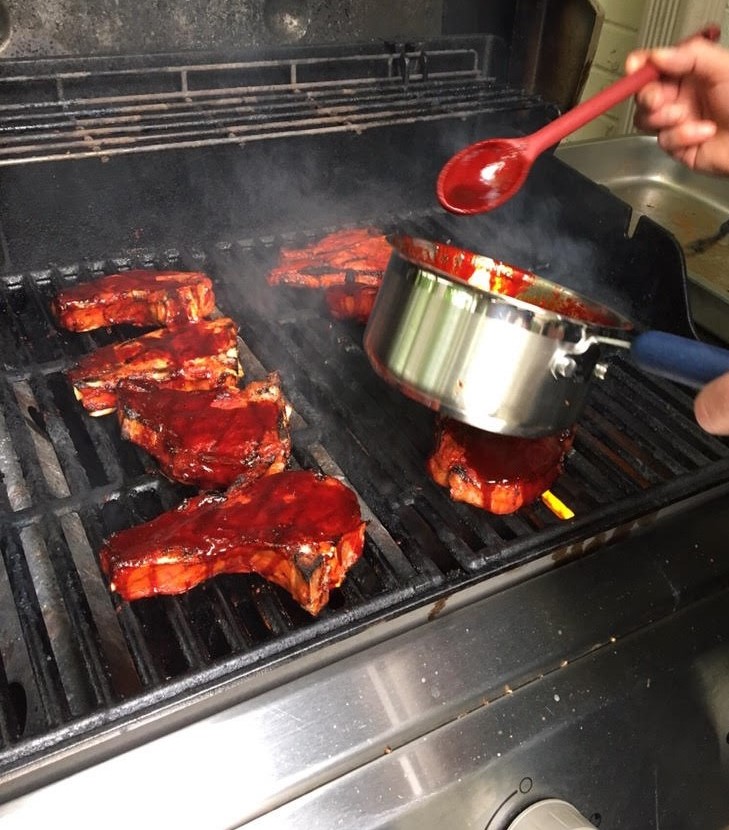Get $60 OFF throughout your first 2 boxes with code HOLIDAY60.
Offer ends in ::
Set your location to shop products local to you.
NIKU Farms
Thank you for your feedback!
If you requested further assistance, you’ll receive an email confirmation and we’ll follow up within 24 hours.
Got more questions? Start a new chat.
End chat
Are you sure you want to end the chat?
Cancel
Are you sure?
Your response has not been submitted. To process your request for further assistance, please hit the 'Back' button below, complete the form and submit your request.
Close Chat
Everyone loves a perfectly cooked piece of meat. There’s nothing as good as that flawlessly cooked steak or chicken breast that comes out just right. Of course, everyone has an opinion on the best way to cook different cuts of meat, depending on their preference. While many people cook their meat by eye, guessing at when it is done based on the colour alone, there are some basic safety standards that should be followed, to keep you and your dinner guests enjoying delicious meals for years to come. NIKU Farms has you covered with our guide to cooking temperatures, based on standard Health Canada guidelines. (We’ll also let you in on a few tips for grass-fed beef!)
Using a digital thermometer, you can test the temperature of your meat to ensure it’s cooked to the perfect temperature, just how you or your dinner guests want.

Beef – Steaks
Note: Health Canada does not recommend cooking at lower temperatures than those listed, but it’s worth noting that it is acceptable and common to do so, as long as you and your guests know the associated risks with eating undercooked beef.
Insert your meat thermometer into the thickest part of the steak, and avoid the bone if there is one. Remember that your meat will keep cooking for a bit, even after it comes off the grill, so it’s a good idea to take it off sooner rather than later, and let it rest.
Ground Beef: 71°C (160°F)
Ground meats are more susceptible to food-borne pathogens, so it’s best to cook your burgers to a slightly higher temperature.
Pork and Ground Pork: 71°C (160°F)
For both ground and whole cuts of pork, this is the bare minimum temperature they should reach when cooking.
Poultry – Whole, Pieces, and Ground: 74°C (165°F)
There are no levels of doneness when it comes to poultry. Health Canada recommends 74°C as the temperature at which poultry becomes safe to eat, but if you cook it much past this, it can become dry. Keep a close eye on your digital thermometer for this meat, and make sure it gets to the minimum safe temperature when cooking it.
Tip for Cooking Grass-Fed Beef:
Grass-fed beef is a little different than grain-fed, and it can become tough if you cook it the same way you would cook other beef you may have worked with. The reason for this is that grass-fed meat is very lean, compared to grain-fed.
When meat has less fat, it conducts heat much faster, which can make it quite tough. To keep grass-fed beef tender, you should cook it slowly. Turn it frequently, and don’t cook it for too long! Overcooking is the most common reason that grass-fed beef comes out tough. Grass-fed beef is practically made for rare to medium-rare cooking. For even more tips on, see our blog post specifically about cooking tips for grass fed beef.
How do you cook your steak? Do you have a favourite recipe we should try? Let us know on Instagram or Facebook! And if you haven’t tried cooking with grass-fed beef yet, check out our website to find a package that’s right for you today!

when you subscribe to our mailing list.